If you’ve ever had the unfortunate experience of scratching your car key, you know how frustrating it can be. Thankfully, there are a few ways to fix this problem and get your key looking good as new. This blog post will outline some of the most effective methods how to fix car key scratch. We’ll also provide tips on preventing this from happening in the future. So, if you’re dealing with a scratched car key, read on for some helpful solutions.
Summary: If you’ve got a car key scratch, there are a few things you can do to try and fix it. First, use a dry erase marker to lightly mark the spot where the scratch is. Then, use a clean, wet cloth to fill in the mark. Finally, use a clear adhesive to attach the cloth to the key.
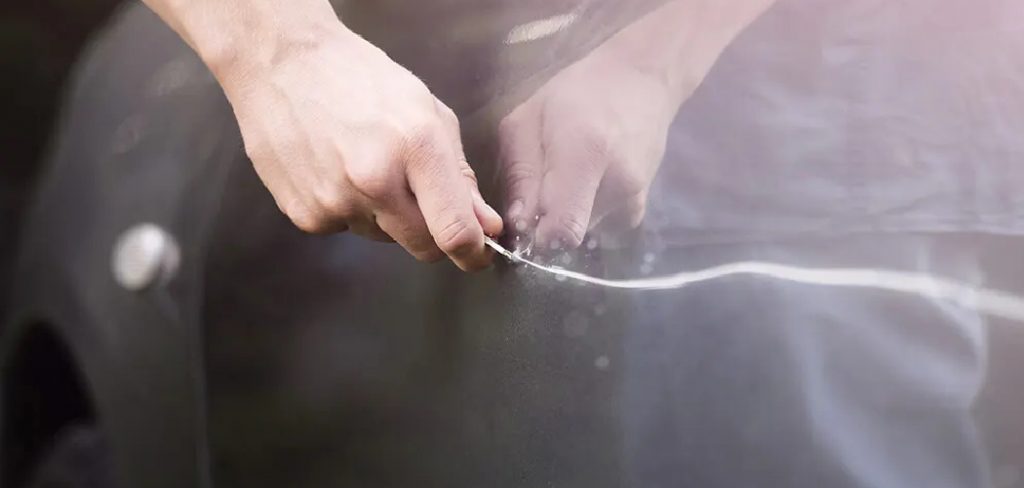
What Causes a Car Key to Scratch?
A few different things can cause a car key to scratch. One of the most common causes is simply using a key that’s too big for the keyhole. This can cause the key to rub against the sides of the hole, which can eventually lead to scratches. Another common cause is leaving the key in a pocket or purse with other metal objects. This can cause the key to rub against those objects and become scratched. Finally, dropping the key can also cause it to become scratched. The key can easily become scratched if it hits the ground at just the right angle. But, no matter how your key became scratched, there are a few ways to fix it.
Some Effective Methods How to Fix Car Key Scratch
1. Clean the Area.
If your car key has a scratch, the first thing you should do is clean the area around the scratch. This will help remove any dirt or debris that could make the problem worse. You can use a mild soap and water solution to clean the area, or you can use a commercial cleaner that is specifically designed for car keys.
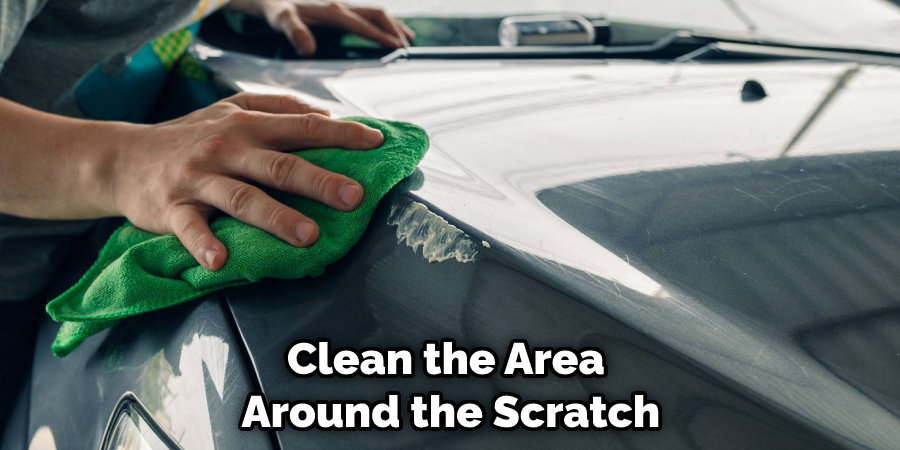
2. Use Nail Polish.
One of the simplest ways to fix a scratched car key is to use clear nail polish. First, apply a small polish to the scratch and allow it to dry. Next, use a cotton swab to apply a second coat of polish. Allow this coat to dry completely, then buff the area with a soft cloth. This will help to fill in the scratch and make it less visible.
3. Use a Sharpie.
If you have a scratched car key and no nail polish, you can use a Sharpie to fix it. First, color over the scratch with the Sharpie. Let the ink dry for a few minutes, then use a cotton swab or your finger to buff away any excess ink. If the scratch is still visible, you can repeat this process until it’s no longer noticeable.
4. Apply Clear Tape.
If your car key is scratched, you can put a piece of clear tape over the scratch and rub it in. You can also use a cotton swab to put a little clear nail polish on the tape before you put it over the scratch.
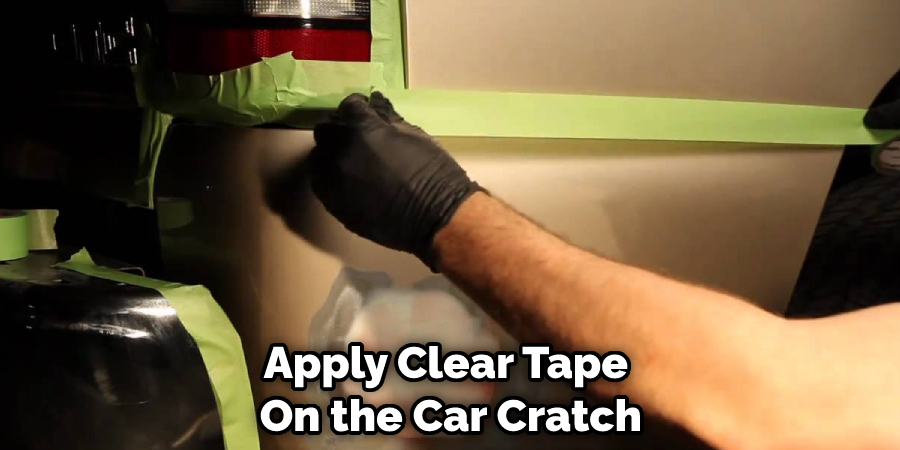
5. Use Super Glue.
If you have a scratched car key, you can try using super glue to fix it. First, apply a small amount of glue to the scratched area. Then, use a toothpick or sharp object to spread the glue over the scratch evenly. Once the glue is dry, you should see a noticeable improvement in the appearance of the scratch.
6. Use Wd-40.
If you have WD-40 on hand, you can use it to fix a scratched car key. First, spray a small amount of WD-40 onto the scratch and use a clean cloth to wipe it away. The WD-40 will help remove the scratch and make your key look new. If you don’t have WD-40, you can also use petroleum jelly or olive oil.
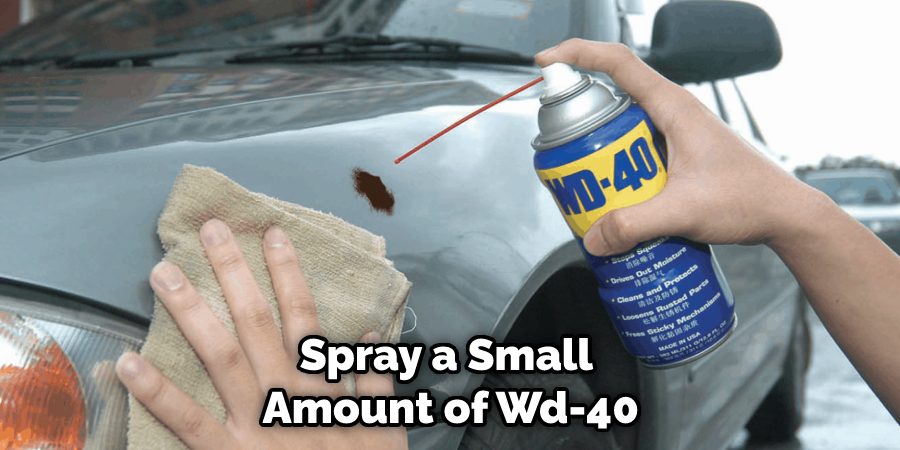
7. Use a Pencil Eraser.
If you have a pencil eraser and you scratch your car key, you can use the eraser to fix the scratch. First, rub the eraser over the scratch gently. If the scratch is deep, you may need to apply more pressure. Once the scratch is gone, use a soft cloth to wipe away any pencil eraser that is left.
8. Use Baby Powder.
If you have baby powder, you can use it to fix a scratched car key. Just sprinkle a small amount of powder over the scratch and buff it in with a soft cloth. The powder will fill in the scratch and make it less visible. You can also use this method to fix scratches on your car’s paint.
9. Use Toothpaste.
Toothpaste can also be used to fix a scratched car key. Apply a small amount of toothpaste to the scratch and rub it in with a soft cloth. Allow the toothpaste to dry for a few minutes before wiping it off with a clean cloth. You may need to repeat this process a few times to remove the scratch completely.
10. Try Baking Soda.
If you’re out of toothpaste and need to fix a scratched car key, you can try using baking soda. Just mix a small amount of baking soda with water to form a paste, then rub it into the scratch using a soft cloth. Let the paste dry, then buff away any excess with a clean cloth. This method may take a few tries to work, but it’s worth a shot if you’re in a pinch.
11. Rubbing Alcohol.
If you have rubbing alcohol on hand, you can use it to fix a scratched car key. Simply apply a small amount of alcohol to the scratch, and then use a soft cloth to rub it in. The alcohol will help to remove any dirt or debris that may be stuck in the scratch, and it will also help to protect the key from further damage. Alcohol can also be used to clean the key itself, so it’s a good idea to keep a bottle on hand for this purpose.
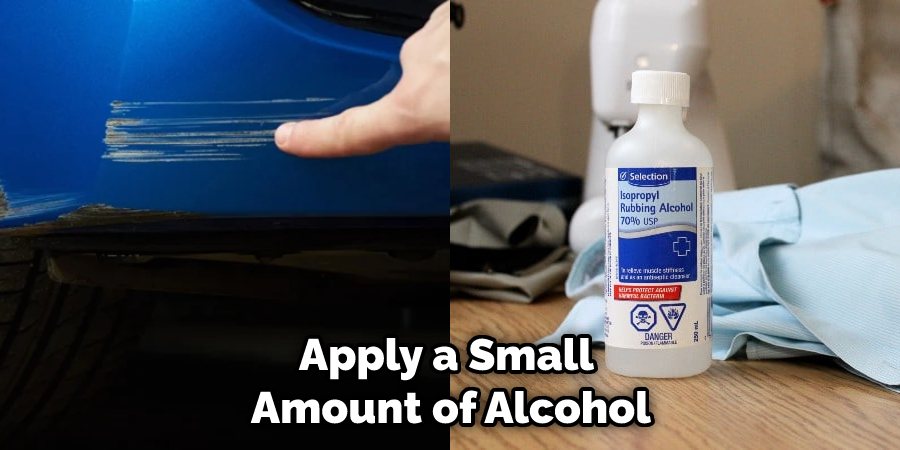
12. Use White Vinegar .
If you have white vinegar on hand, you can use it to fix a scratched car key. Simply apply a small amount of vinegar to the affected area and rub it with a soft cloth. The vinegar will act as a mild abrasive and help remove the scratch. You can also use lemon juice or apple cider vinegar if you don’t have white vinegar.
How to Fix Car Key Scratch with Vaseline?
Vaseline is known to have many benefits, one of which is healing car key scratches. You can use it as a temporary fix until you get your keys replaced. First, apply a small amount of Vaseline to the scratch. Then, gently rub it into the scratch with your finger. Wipe away any excess with a clean cloth. The Vaseline will help heal car key scratches and protect it from further damage. It is a good idea to apply Vaseline to your keys regularly to help keep them looking new.
Some Tips and Warnings
Tips:
- If the scratch is not deep, use a mild abrasive like toothpaste or baking soda to buff it out.
- If the scratch is deeper, you can use a slightly more abrasive material like sandpaper. Start with a finer grit and work your way up to a coarser one.
- You can also try using a polishing compound designed for cars.
- If the scratch is very deep, you may need to have it professionally repaired.
- You can prevent scratches by using a key cover or keeping your keys in a pocket or keychain.
Warnings:
- Do not use abrasive material on plated keys, as this can damage the finish.
- Be careful not to scratch the surrounding areas when buffing out a scratch.
- Do not use too much pressure when sanding, as this can cause more damage.
- If you are unsure about any steps, it is best to consult a professional.
How Much Does It Cost to Fix Car Key Scratches?
The cost of repairing car key scratches will vary depending on the severity of the scratch and the type of key. For minor scratches, you can expect to pay around $50. For more serious scratches, the cost can range from $100 to $500. If the key is plated, the cost will be on the higher end. The cost will also be higher if you have a key with a transponder. The best way to get an accurate estimate is to take your key to a professional.
Frequently Asked Questions
Can a Key Scratch Be Buffed Out?
Ultimately, the outcome will depend on a number of factors such as the severity and location of the scratch, how dirty and damaged your key is, and whether or not you use abrasive cleaning products.
If you don’t have an idea about what may have caused your scratch, then it’s best to bring in a professional for assessment. Additionally, if the scratch appears to be dangerous or unstable (due to moisture build-up), then it might be necessary to replace your entire keypad.
Can a Key Scratch Be Buffed Out?
Yes, a key scratch can be buffed out. However, it is important to remember that scratches on plastic keys can become more difficult to remove over time as the scratches deepen and the plastic becomes rougher. If you experience difficulty removing a scratch from your key, try using an abrasive cleaner or polish specifically designed for plastic keys.
Can Insurance Cover Keying?
the coverage that an insurance policy provides will vary depending on the policy and the specific circumstances of your case. However, some general tips that may be of help include:
- Make sure to read your policy carefully – It’s important to understand the coverage that your policy offers and what you need to do in order to make a claim.
- Contact your insurance company as soon as possible – Don’t wait until something goes wrong in order to contact your insurance company. By doing so, you may miss out on valuable coverages that your policy may offer.
- Keep documentary evidence – Always keep documentary evidence, such as photos or video footage of the damage, in case you need to make a claim. This will help support your case and speed up the process.
- Communicate with the insurance company – Make sure you are always available to communicate with the insurance company, especially if there are any updates or changes to your case. This way, you can stay fully informed and ensure that everything is being taken care of in a timely manner.
Hopefully, these tips will help you get started on the right track and find coverage for your keying incident!
Can a Keyed Car Be Fixed?
While it is possible to repair a keyed car, the cost and difficulty of doing so may be greater than the value of the car. A locksmith can often remove or replace parts of the lock without having to cut through any metal, but more complex repairs (purchasing new keys, for example) will likely require professional assistance.
Conclusion
So, if you have a key scratch that needs fixing, we hope you found our article helpful. The methods of how to fix car key scratch we shared are simple and can be done by anyone with a bit of patience and care. Always take your time and be gentle when working on these scratches—you don’t want to worsen the problem. If you have any questions or face any problems while trying out these techniques, feel free to contact us for help. We love hearing from our readers and are always happy to offer advice. And finally, remember: prevention is key! Keep your car keys in a safe place where they won’t get scratched up, and you won’t have to worry about this issue in the first place. Thanks for reading!
